
7 minute read
Focus


Advertisement
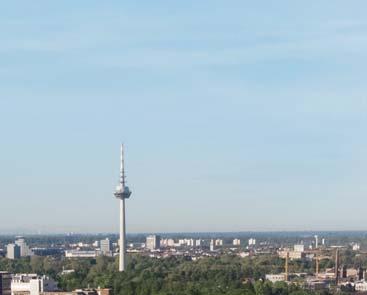
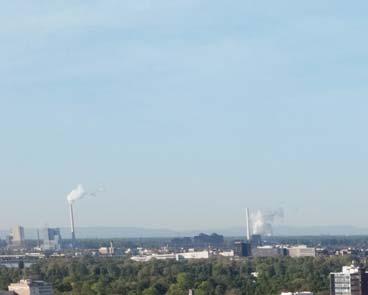




In search of commercial and industrial site potential

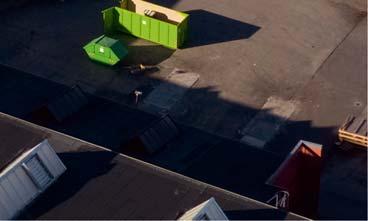



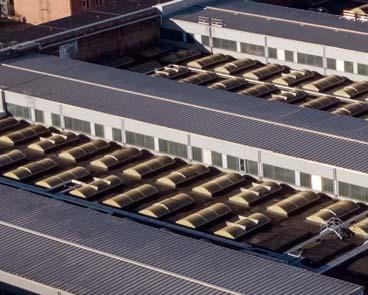
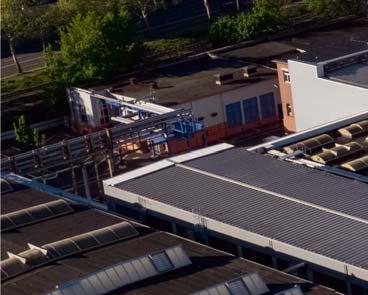
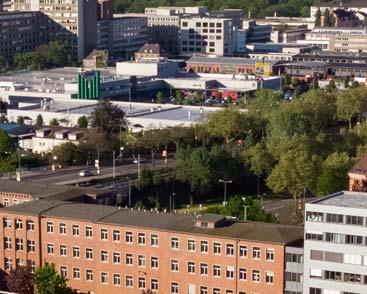


Aurelis Real Estate is transforming the former turbine factory in Mannheim’s Boveristrasse into a sustainable commercial district.
The Rhine-Neckar Metropolitan Region has strong and dynamic industrial
and service sectors. Demand for commercial and industrial sites has been growing for years in almost all its municipalities. The “Regional Study of Commercial Sites in Rhine-Neckar”, produced by the regional association Verband Region Rhein-Neckar, has investigated the requirements and potential for commercial and industrial sites. This will serve as the basis for updating its unified plan for the Rhine-Neckar region. Christoph Trinemeier, Executive Director of Verband Region Rhein-Neckar, discusses the results.


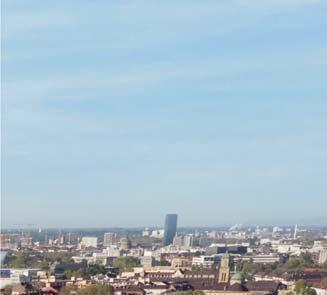
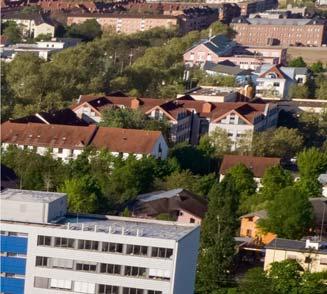
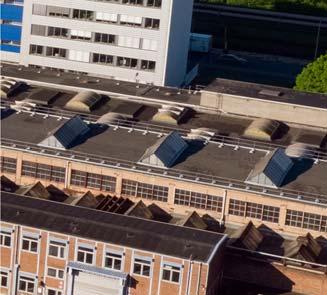

Photo: p. 40: Aurelis Real Estate
Mr Trinemeier, the unified plan for the RhineNeckar region was approved in 2014. What prompted the association to prepare an amendment to the section of the regional plan relating to commercial and industrial sites?
Like many places, the Rhine-Neckar Metropolitan Region experienced an economic upswing in almost all sectors of its economy between 2008 and 2017 – with the “chemicals, pharmaceuticals, biotechnology”, “medical technology” and “organic electronics” clusters among the biggest winners. The continuing automation of work processes, changing work environments and social structures, as well as new forms of mobility, are influencing companies’ location choices. On the one hand, the Rhine-Neckar region is experiencing a shortage of sites in urban locations and this is reflected in high prices for land and real estate. On the other hand, some of its more rural areas offer quite an extensive range of sites – although these need to be analysed to assess their marketability and future-oriented location factors. We anticipate that demand for high-quality commercial sites in good locations will continue to increase in future.
There are many different types of locations. How strong is the demand in concrete terms? It’s never easy to make accurate forecasts about economic growth – especially with profound technological changes
Turbine Works Mannheim
Brown, Boveri & Cie. (BBC) once manufactured turbines, generators, motors and locomotives at its plant on Boveristrasse in Mannheim. Today, the “Turbine Works Mannheim” comprises a total of 26 individual buildings constructed between 1900 and 2009. The real estate developer Aurelis Real Estate is planning to convert this industrial property, comprising approx. 175,300 m² of land and 113,000 m² of building space, into a sustainable commercial quarter and preserve it for the future. Although a 350-metre section of the B38/Rollbühlstrasse –one of the most important gateways to Mannheim – runs directly adjacent to the site, the property was completely sealed off from the surrounding urban area and there were only a few access points. In May 2018, Mannheim City Council decided to intervene in the planning process in order to control the further development of the derelict site and secure land for public purposes for the Mannheim National Theatre. Since then, the city and Aurelis have agreed a contract under public law that will ensure close cooperation during the development of the site. The first new tenant is Bauhaus Services Center Deutschland, which will move into 5,900 m² of office space in the Ampère and Boveri buildings.
Production hall in Mannheim’s turbine works
42 underway, such as digitisation, Industry 4.0 and electromobility – so it’s also difficult to estimate future demand for commercial space. That’s why we have consulted with experts to agree on a methodology that combines recent developments with foreseeable trends. The study differentiates between emission-intensive industries, logistics locations, traditional industries, small businesses and trades as well as knowledge-intensive businesses and services. The land requirement corridor calculated in the study differs very widely for the various cities and districts in the metropolitan region. The estimates range from more than 150 hectares in the regional centres and rural districts with strong economies to 50 hectares in the largest independent cities. Overall, the study estimates that the region will require around 1,500 hectares of commercial and industrial space by approx. 2035.
Considering the political demands to reduce settlement areas and the growing competition between user groups, is there going to be enough land available? To calculate the current and future land potential we used up-to-date surveys of existing sites and buildings based on the “Raum Plus Monitor” database. We estimate that, for various reasons, it will actually only be possible to develop 50 percent of the existing potential of 2,000 hectares that have been secured by urban land use planning. Some owners are unwilling to sell, some are demanding exorbitant prices and other potential sites are needed as reserve, compensation or development areas. A comparison of the demand corridors with the potential sites available shows that although there is still a considerable amount of potential commercial space available in the metropolitan region, this will probably not be sufficient for dynamic economic development. According to the study, a total of around 500 hectares of additional commercial and industrial sites will be required by 2035.
It is not always easy to designate new areas for commercial and industrial development. How is your association dealing with this problem? Initially, we identified around 30 “search areas” (see diagram) in the Rhine-Neckar region, which are suitable for further commercial land development and of
The “Regional Study of Commercial Sites in Rhine-Neckar 2030” provides an overview of current and future site potential over the coming decade. It is the basis for the continuation of the unifi ed plan for the Rhine-Neckar region.
regionally significant scale. A closer look reveals that only a few of these search areas are actually new locations without structural connections. Mostly they are linked to prioritised industrial areas already identified in the unified plan for the region. In other words, the current study largely confirms the planning concepts used for determining priority industrial areas in the unified plan for the Rhine-Neckar region. Using industrial site profiles, we examined the locations more closely to determine whether and what type of further development might be possible or advisable. The study also identified a number of additional search areas which, from an expert's point of view, could also be considered as regionally significant industrial sectors.
What conclusions does the association draw from the study? As far as land development is concerned at the regional planning level, the special requirements of companies and businesses must be reconciled with spatial planning requirements for the whole region – as well as with sectoral planning for various different areas. The best prospects for commercial developments are offered by the expansion of existing centres, the redevelopment of large-scale conversion areas and the designation of some new, but preferably intermunicipal, locations. However, in the interests of saving space and conserving resources during commercial developments, our focus should continue to be on using the extensive space still available at existing sites and buildings efficiently. In addition to intensified deve lopment of brownfield sites through redensification, conversion and consolidation, the study recommends regional monitoring of commercial space as a supporting tool. This is something the association would like to develop systematically over the coming years in close cooperation with the municipalities in the metropolitan region.








